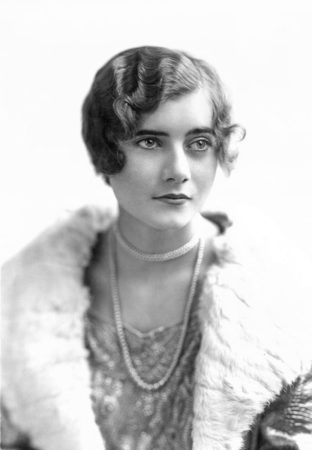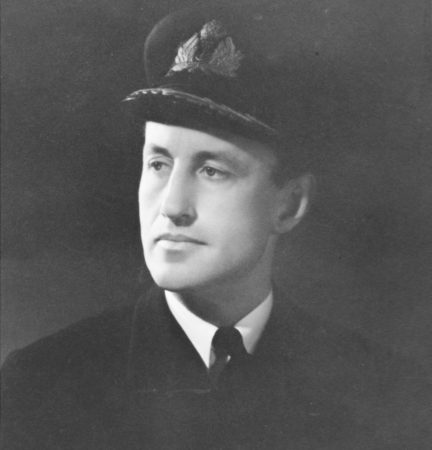“She Used the Bedroom the Way James Bond Used A Beretta.”
That was the headline of a 2016 Daily Mail article (and a 1963 Time magazine article), and it grabbed my attention (just like any good headline should).
“She” was American-born Betty Pack a.k.a. “Cynthia,” one of British Secret Intelligence Service’s (SIS) and the American Office of Strategic Services (OSS) most productive spies during World War II.
Cynthia used her charm, beauty, and intelligence to extract top secret and vital information from diplomats, military personnel, and any man targeted by SIS and MI6. Cynthia’s weapon wasn’t a gun. It was sex, and her office was a bed, divan, blanket, or any other suitable platform. After seducing a Polish foreign office official, she said, “Our meetings were very fruitful, and I let him make love to me as often as he wanted, since this guaranteed the smooth flow of political information I needed.”
So, who was this dangerous woman and why do we remember Mata Hari from World War I but not Cynthia from the second world war?



